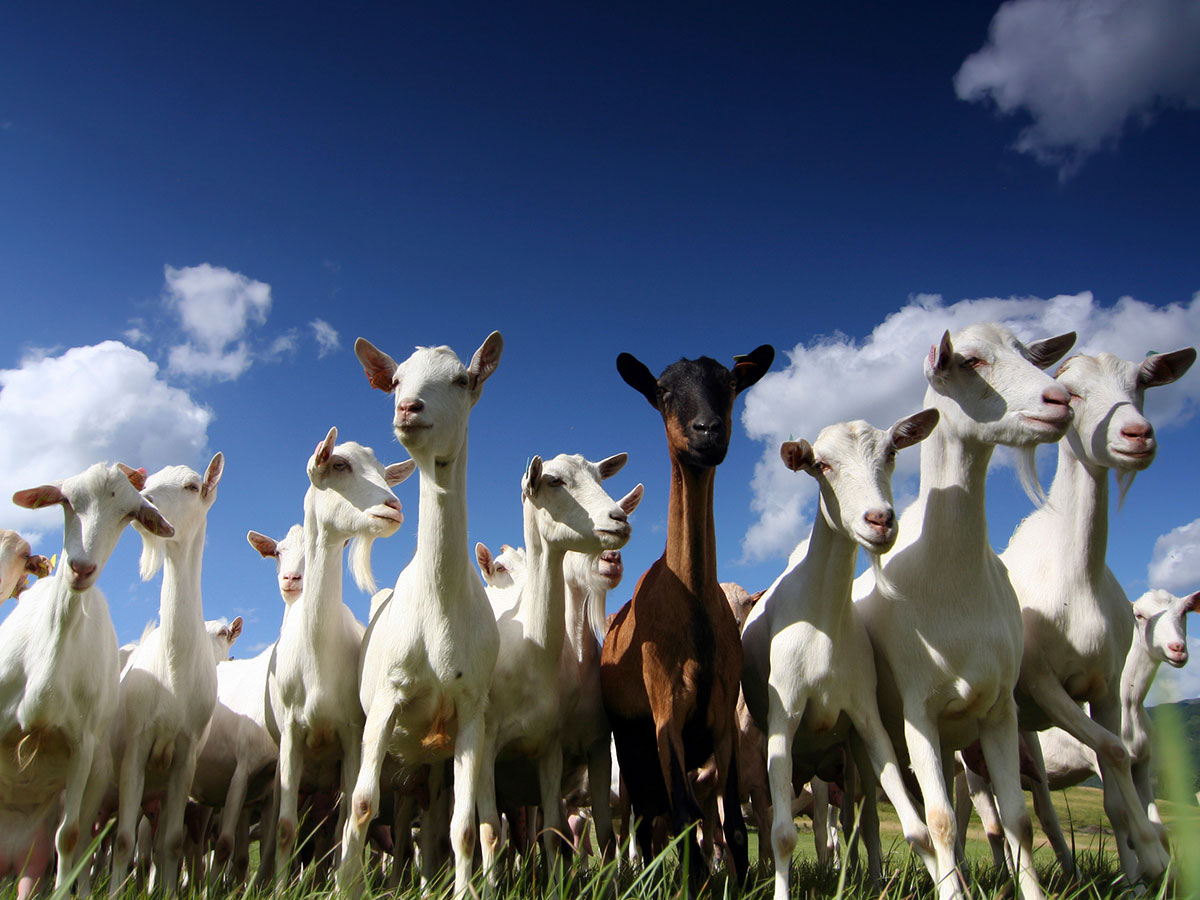What is Caprine Arthritis Encephalitis (CAE)?
Caprine arthritis encephalitis (CAE) is a retrovirus of the subfamily Lentvirus, known to affect goats. The viral disease is known by several names including big knee and caprine retrovirus (CRV). CAE affects goats of all ages, however symptoms may not develop until months, or even years, after the initial infection.
What to look for
Clinical signs can differ between younger and older goats.
Young goats may exhibit:
- Encephalitis
- Pneumonia
- Short and stilted gait (may develop to arthritis and/or paralysis)
- Hyperaesthesia (can lead to convulsions and/or death)
Mature goats may exhibit:
- Rough coat
- Enlarged/painful joints (can lead to lameness, paresis, incoordination, and paralysis)
- Arthritis
- Weight loss
- Mastitis
Current Distribution
The virus is present worldwide, including Australia. Whilst the disease has mainly been seen in dairy herds, the goat meat and fibre industries have reported some cases. Many smaller dairy goat herds have managed to eradicate CAE with management changes, repeated testing, snatch rearing kids and culling of infected goats. CAE is an OIE listed disease, however it is only a notifiable disease in Victoria.
Transmission and Spread
Spread of CAE can occur through colostrum, milk, contaminated feeding/watering areas/equipment, blood, or exposed wounds. While kids are the most at-risk age group, by consuming infected colostrum/milk, CAE can be attained at any age and goats remain infected for life.
Impacts
CAE infection in goats results in animal welfare issues due to reduced mobility, lower milk production and an increased incidence of mastitis.
CAE could pose a risk to the sheep industry as studies conducted internationally have found evidence of cross-species transmission. Overseas CAE and Maedi Visna (MV), a virus of the same family that predominantly affects sheep, are grouped together as small ruminant lentivirus. MV has not been detected in Australia.
Diagnosis and Management
CAE is diagnosed either through a blood sample (using an ELISA or AGID test) or a milk sample (using an ELISA test). Unfortunately, there is no successful treatment for CAE so producers are encouraged to implement control methods to limit its spread.
Producers should:
- Only introduce CAE-free goats
- Test all goats prior to introduction to their herd
- Remove infected goats from herd
- Remove kids from infected does at birth
Feed kids un-infected milk
What can you do as a producer?
The best way for producers to help prevent the spread of CAE, is to have low-risk herds. This entails:
- Management to limit goat interactions with goats of unknown or known infected status
- Strict hygiene
- Pasteurized milk fed to kids
Producers should also avoid practices that could make them a high-risk herd, such as:
- Feeding pooled milk
Sharing of unsterilized or dirty equipment - Handling goats from different sources without adequate hygiene
- Mixing of untested goats from different farms
- Milking untested goats in a common group
Prevention and Treatment
Whilst pain relief can be given to arthritic goats there is currently no successful treatment for CAE. Producers are encouraged to implement control and management options to prevent its spread.
Further Resources
Queensland Government, Australian Veterinary Association and the Department of Primary Industries have further information on CAE.
You can find the National Goat Health Declaration here.
Click here to download a PDF version.
For further information, please contact the VFF Livestock Group on 1300 882 833 or by email [email protected]
Disclaimer: All care is taken in the preparation of the information and published materials produced by the Victorian Farmers Federation (VFF) including but not limited to errors, defects or omissions in the information provided. VFF does not make any representations or give any warranties about the accuracy, reliability, completeness, or suitability for any particular purpose in the preparation of the information and published materials. This publication is intended for general information purposes only and does not constitute financial, legal, investment, production, or marketing advice. To the maximum extent permitted by law, the VFF and all persons acting on behalf of the VFF in preparing documents, are excluded from all and any liability for any loss or damage of any kind arising in relation to this publication including any reliance on the information contained herein.
